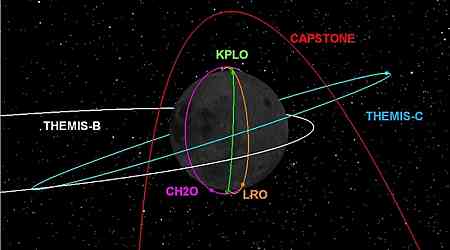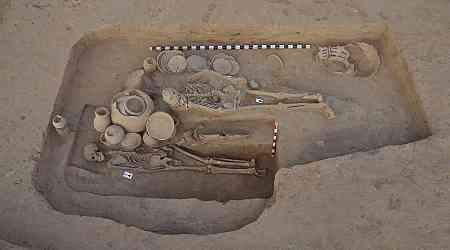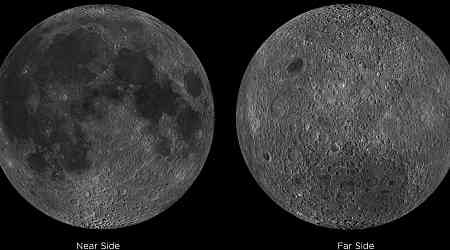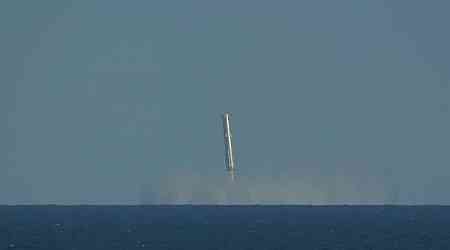India's Chandrayaan-2 lunar orbiter performed a manoeuvre in September to prevent a close encounter with the Korea Pathfinder Lunar Orbiter (KPLO), officially known as Danuri, according to the Indian Space Research Organisation (ISRO). The adjustment carried out on September 19, 2024, was necessary to avoid a potential collision between the two orbiters, which was projected for two weeks later if no changes were made to Chandrayaan-2's trajectory.
Following this, on October 1, 2024, another orbital modification was implemented to maintain separation from other lunar orbiters, including NASA's Lunar Reconnaissance Orbiter (LRO), as per an ISRO report.
Frequent Collision Risks Among Lunar Orbiters
Around the lunar poles, orbiters such as Chandrayaan-2, Danuri, and LRO share a similar near-polar path, increasing the likelihood of close approaches. Over the past 18 months, the Korea Aerospace Research Institute (KARI), which operates Danuri, reported having received over 40 collision alerts for interactions among Danuri, Chandrayaan-2, and LRO. These alerts, referred to as "red alarms," underscore the growing risk of accidental collisions as multiple international agencies operate missions in close proximity around the Moon.
Previously, in 2021, Chandrayaan-2 reportedly avoided a similar situation by shifting its path, preventing a close pass by LRO that would have brought the two within just three kilometres. Danuri itself has performed at least three orbital adjustments since it entered lunar orbit in December 2022, including avoiding both LRO and Japan's Smart Lander for Investigating Moon (SLIM).
Lack of Unified Collision Protocols in Lunar Operations
At present, no globally coordinated protocol exists for managing collision risks around the Moon. Space agencies like ISRO, KARI, and NASA rely on direct communication, sharing spacecraft position data through email and teleconferences. However, according to Soyoung Chung, a senior researcher with KARI's strategy and planning team, difficulties such as network security barriers and a lack of personnel contact information have, at times, complicated communication.
NASA's Jet Propulsion Laboratory provides the Multimission Automated Deep-Space Conjunction Assessment Process (MADCAP) software, which estimates and warns of collision risks. Still, experts like Chung have suggested the need for a formal international framework for managing close approaches around the Moon.
































